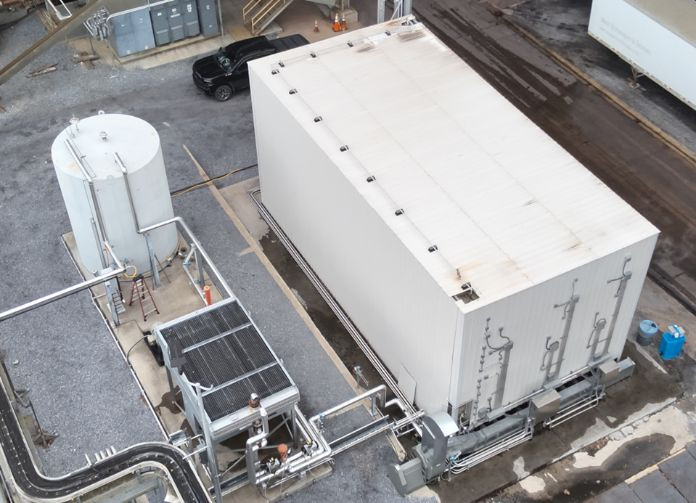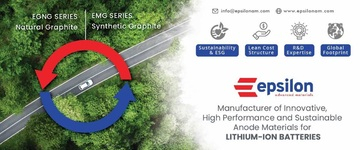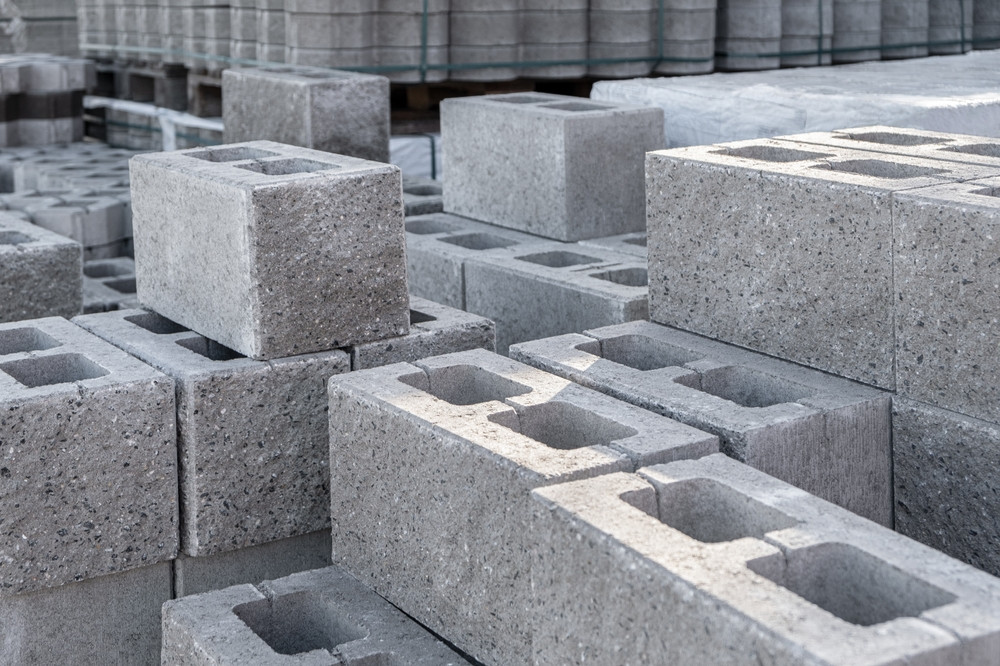Concrete Batteries: The emerging 'building blocks' for energy storage
Imagine our concrete buildings with walls and foundations that double as energy storage devices. Sounds intriguing? Researchers at MIT Cambridge are working on a new pathway for making 'supercapacitors' out of three basic 'building' materials such as cement, water, and carbon black, which can potentially store energy and sustainable support our clean energy needs.
The quest for efficient and scalable energy storage solutions is crucial for a sustainable future. Batteries are the dominant types of energy storage since the last century, also evolving significantly in terms of their chemistry and technological prowess, but they come with certain limitations such as their reliance on rare-earth metals such as lithium and cobalt, whose mining and processing chains involving serious environmental concerns and high costs.
Researchers are exploring unconventional avenues to overcome these limitations to enhance the sustainability of energy storage, and one intriguing prospect is the use of concrete - the most common building materials that is omnipresent in our geographic landscapes - to store energy and power homes or other applications.
Recently, a team of research scientists led by Damian Stefaniuk at the Massachusetts Institute of Technology, Cambridge are working on a new pathway for making 'supercapacitors' out of three basic 'building' materials such as cement, water, and carbon black. They believe that this carbon-cement supercapacitor concept could redefine energy storage in ways we can't even imagine now.
Supercapacitors are nothing but large 'capacitors' that are commonly used in electronics that store small amounts of energy in a quick span of time and release out the power in same vigor. Capacitors are simply used for blocking direct current while allowing alternating current to pass in an electrical circuit and not as energy storage, since they cannot provide a steady supply of energy for a longer period as batteries do.
However, supercapacitors are evolving as well, and they can find place in several consumer applications too eventually. The carbon-cement supercapacitor is just one innovative pathway of in the larger gamut of technological evolution in this field.
The idea of using concrete for energy storage has been there for quite sometime at the conceptual level. In 2021, a team at Chalmers University of Technology in Gothenburg demonstrated the concept using carbon fiber mesh with iron coating for the anode and nickel for the cathode. The mesh was them embedded in the cement mixture of the concrete blocks along with carbon fibers.
The latest development by the MIT team involves small 1V supercapacitors made of carbon black-concrete material to power a 3V LED bulb, getting scaled up to make a 12V supercapacitor. The highly-conductive carbon-black is said to make an effective concrete mixture made of conductive materials.
The capacitors are made by placing two conducting plates close together, separated by a membrane. These plates made out of carbon black cement are dipped in a potassium chloride electrolyte (salt) solution. When the plates are charged with electric current, they attract oppositely charged particles from the potassium chloride solution. Since the separator between the plates block these particles from directly moving across, this built-up separation creates an electrical field.
Evidently, the new developments are at a very nascent stage and awaits significant technological maturity to achieve any notable, real-world feats. The MIT research team is now planning to construct larger models, with the potential to hold up to 45 cubic metres (1,590 cubic feet) of energy, or around 10 kWh of power required to support a typical household for a day. At present, the supercapacitors do not offer a steady power output, making them less ideal for powering domestic homes, but the team claims to be working on a solution to improve their energy retention and storage.
The most interesting outcome of these researches is that the concept of concrete batteries opens up new avenues for end-use case applications and environmental sustainability. They could revolutionize on-site energy storage for solar panels or wind turbines, enabling buildings to function largely on self-generated power.
They can even support large-scale implementation across the power infrastructure of our towns and cities to provide distributed energy storage, smoothing fluctuations in renewable energy generation and supporting grid stability.
Interestingly, the concept can enable roads to store excessive solar energy and supply the same to wirelessly power electric vehicles that ply on them. The concepts of wireless EV charging on roads using 'inductive charging' technology involving electromagnetic coils underneath the tarmac is already gaining traction.
The rapid discharge of electric charge from carbon-cement supercapacitors, which is seen as a practical limitation to effective energy storage in other applications, can be advantageous in this case scenario by recharging the batteries of the vehicles that ply on the road in real-time.
On the battery materials supply chain side, the carbon-cement energy storage can reduce the dependence of the battery industry on expensive minerals such as lithium and cobalt. However, the demand for cement and its raw materials may increase, which may not be environmentally-desirable, as the cement manufacturing is also known for its higher levels of carbon footprint and raw material intensiveness.
However, experts tend to laud the idea of exploring the existing environment as a medium for energy storage, instead of building separate energy storage systems and facilities, and suggest comprehensive research and investment into the emerging technology. They also highlight the use of less-expensive materials and relative less complex manufacturing to develop energy storage systems, which are considered as pre-requisite for clean energy needs of a sustainable future.
Again, there is still a long way to go in this direction. Research efforts are ongoing to improve energy density, retention duration, and cost-effectiveness of the concrete-based energy storage technology. Once attaining maturing, these batteries could become a game-changer in energy storage, paving the way for a more sustainable and resilient energy future.
(With inputs from BBC.com)



























